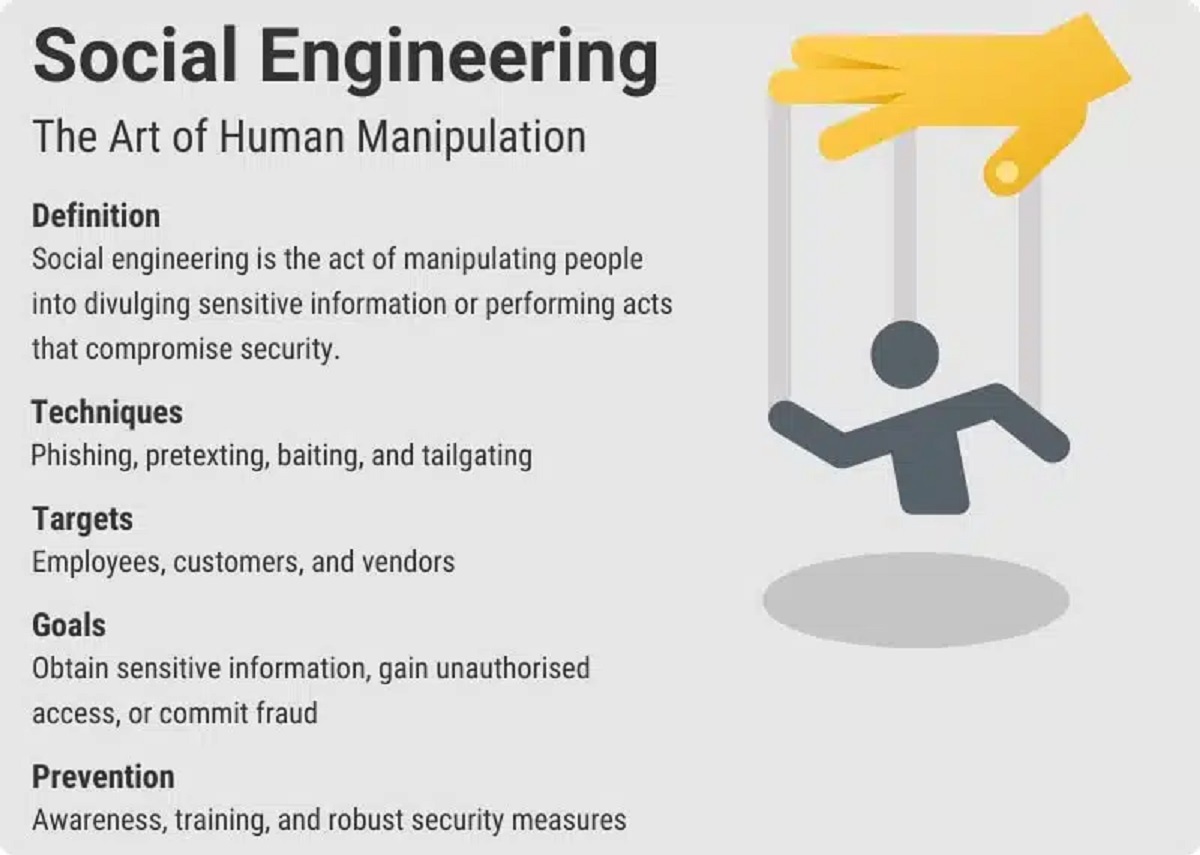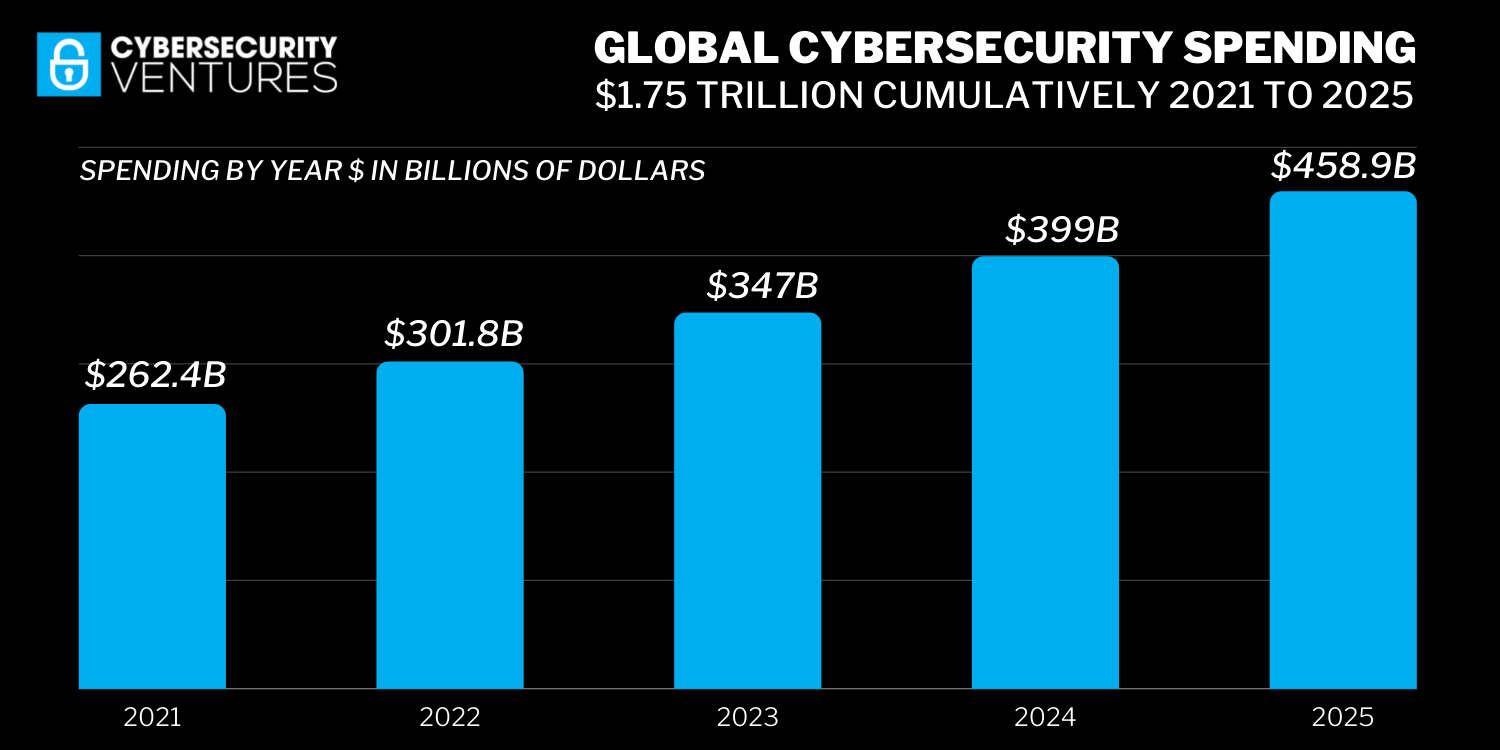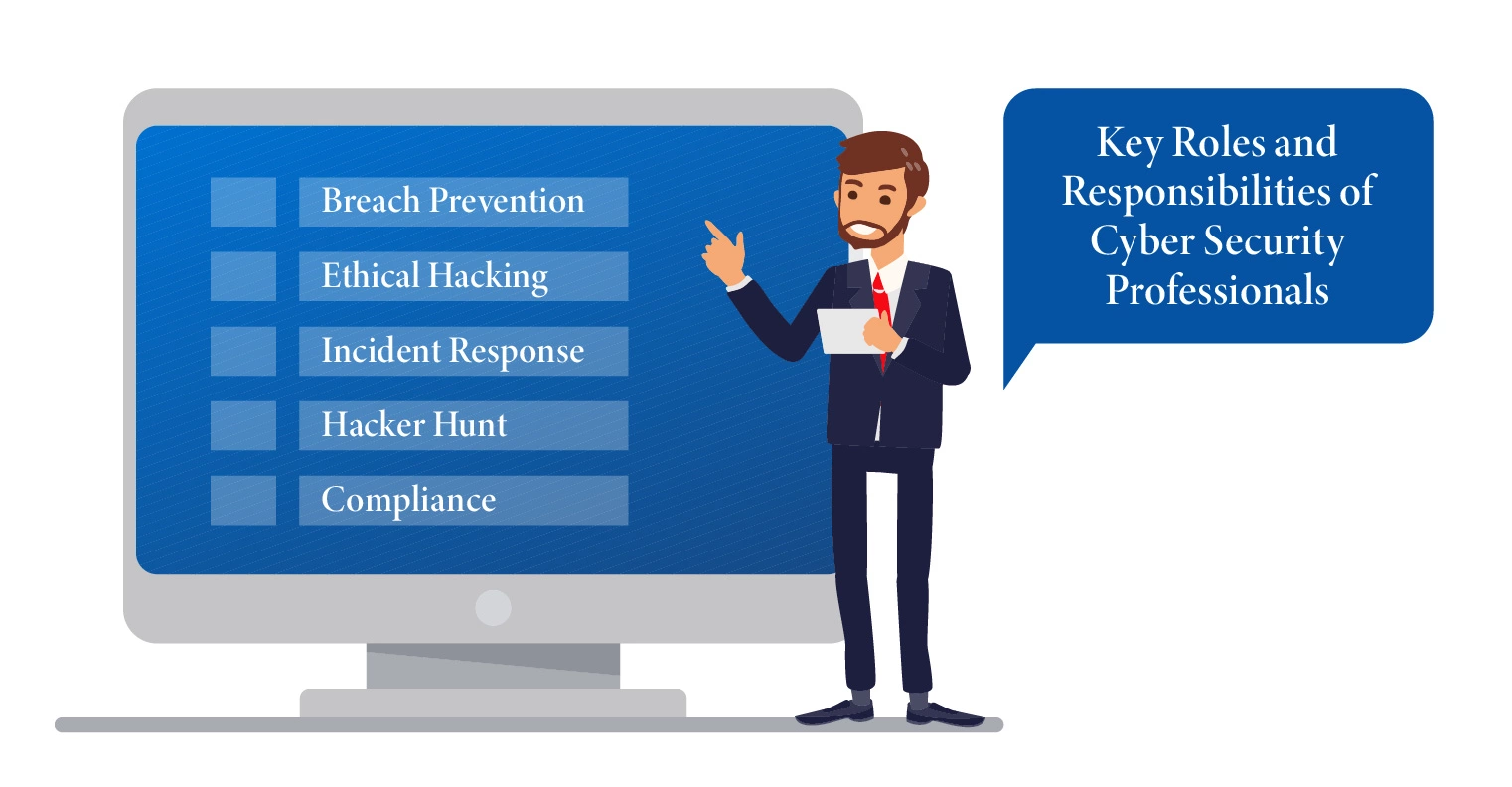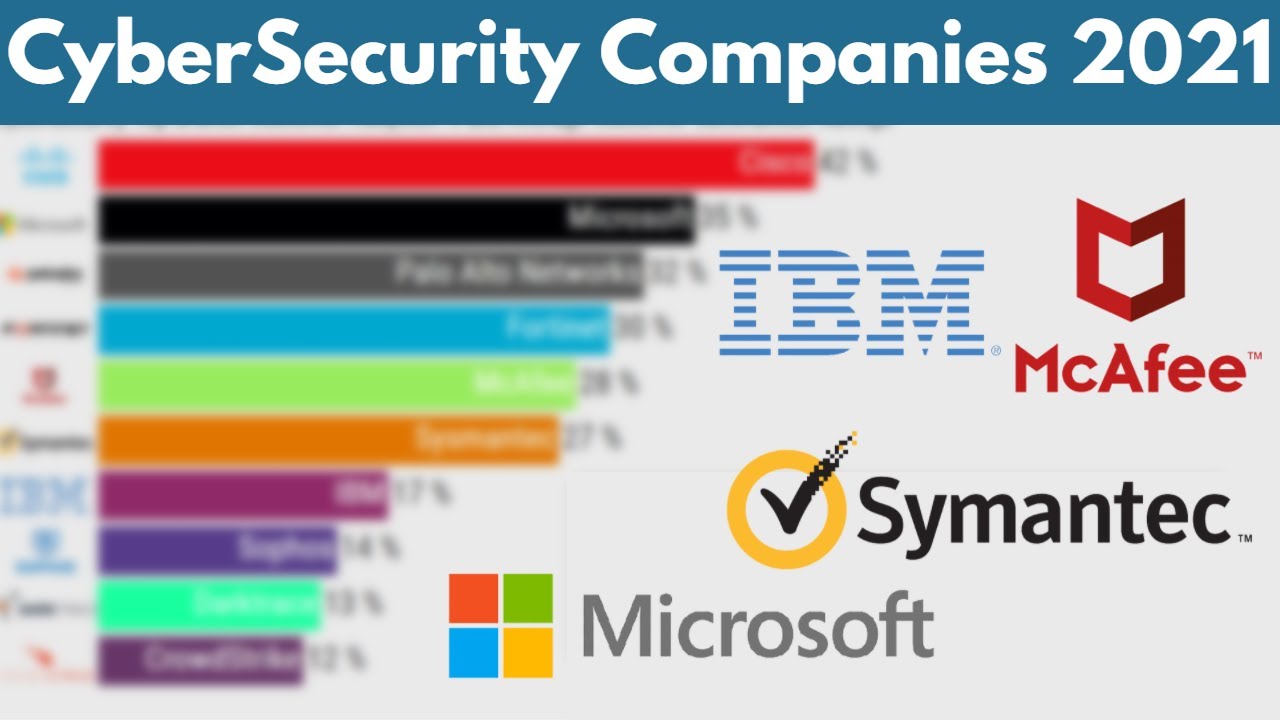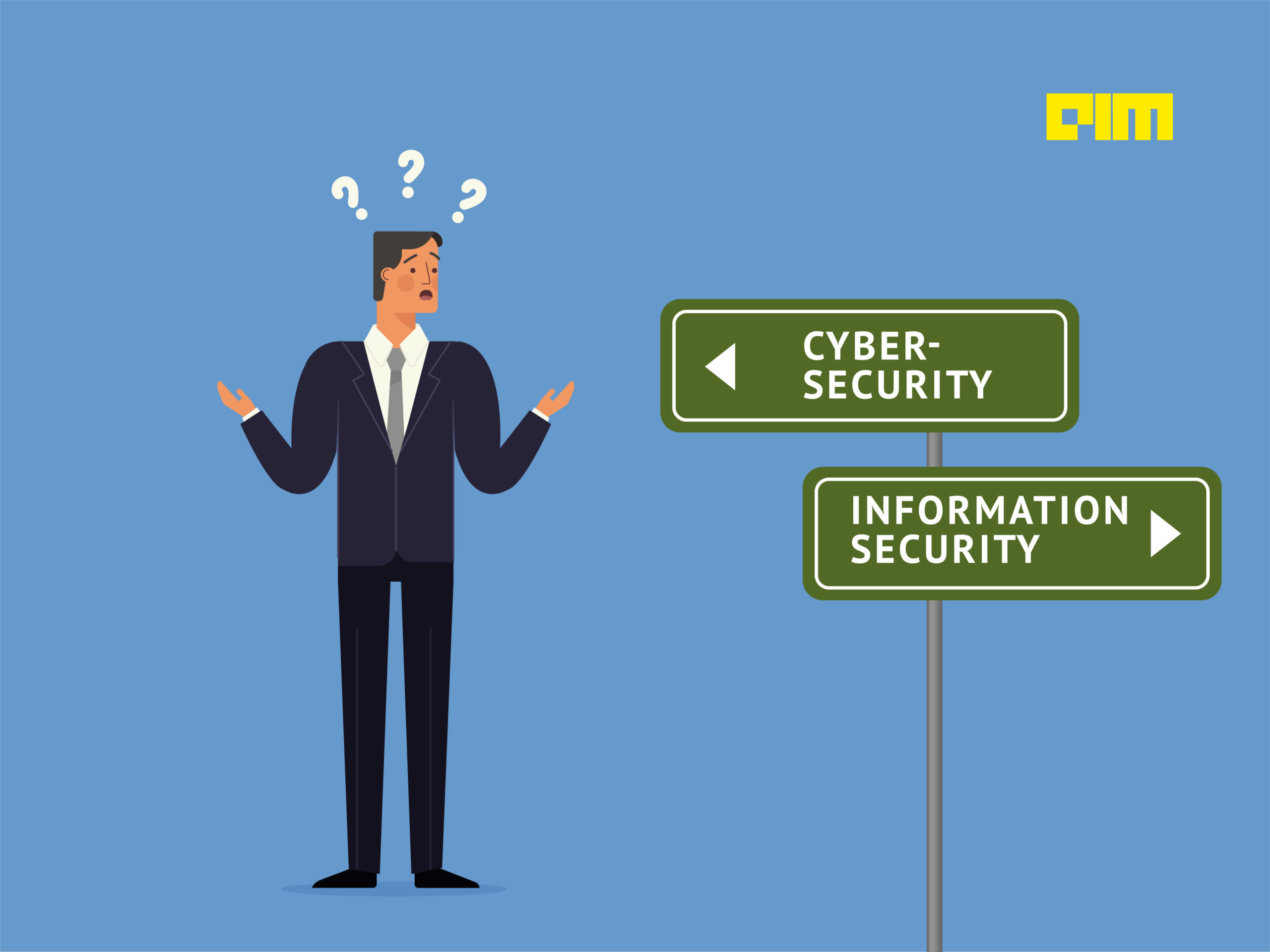Introduction
Cybersecurity has become a critical concern in today’s digital world. With the increasing reliance on technology and the growing sophistication of cyber threats, organizations and individuals alike face numerous challenges in safeguarding their sensitive data and systems. While cybersecurity measures have improved over the years, there is still a weak link that poses a significant risk to the overall security posture – human error.
In most cybersecurity incidents, human error plays a pivotal role, either directly or indirectly. Whether it’s neglecting to update software, falling victim to phishing emails, or weak password practices, human actions can inadvertently open the door to malicious actors. This article will explore some of the weakest links in cybersecurity and highlight the importance of addressing these vulnerabilities to enhance data protection.
By understanding and addressing these weak links, individuals and organizations can significantly reduce the risk of cyberattacks, data breaches, and financial losses. Let’s dive into some of the key factors that contribute to vulnerabilities in cybersecurity.
Human Error
One of the primary weak links in cybersecurity is human error. No matter how advanced or sophisticated security measures are in place, they can be rendered ineffective if individuals make mistakes or fail to follow established protocols.
Human error can manifest in various ways, such as inadvertently clicking on malicious links, opening suspicious attachments, or sharing sensitive information with unauthorized parties. This can result from a lack of proper training, negligence, or simply being unaware of the potential risks.
Additionally, employees may fail to adhere to cybersecurity policies and best practices, such as using weak or easily guessable passwords, not updating software promptly, or failing to secure physical devices.
It is crucial for organizations to prioritize cybersecurity education and training to ensure that employees are aware of potential threats and understand their role in maintaining a secure environment. This can include conducting regular awareness programs, providing clear guidelines on password policies, and implementing ongoing training to keep employees informed about current cyber threats and trends.
Addressing human error requires a combination of technological solutions and a cultural shift within organizations. It is essential to create a culture of cybersecurity awareness where employees understand their role and take personal responsibility for safeguarding sensitive data.
By reducing human error through training, awareness, and regular reminders, organizations can significantly minimize the risk of cybersecurity breaches and protect valuable data.
Passwords
Passwords play a vital role in securing our online accounts and sensitive information. However, they can often be the weakest link in cybersecurity if not properly managed. Weak or easily guessable passwords provide an open invitation for hackers to gain unauthorized access to accounts and systems.
Many individuals still use common, easily guessable passwords like “password” or “123456,” which are vulnerable to brute-force attacks. Furthermore, reusing the same password across multiple accounts increases the risk of a domino effect, where a compromised password in one account can lead to unauthorized access in others.
Organizations should enforce strong password policies that require employees to create unique and complex passwords. This includes a combination of uppercase and lowercase letters, numbers, and special characters. Regular password updates and the use of multi-factor authentication (MFA) can add an extra layer of security.
Additionally, individuals should be educated about the importance of password hygiene and refrain from sharing or writing down passwords. Instead, they should leverage password managers, which securely store and generate complex passwords for each account.
Implementing password policies alone is not enough. Organizations must also ensure that employees understand the reasoning behind these policies and the potential consequences of weak passwords. This can be achieved through regular training sessions and awareness programs that highlight the importance of strong passwords in preventing unauthorized access.
Ultimately, protecting accounts and sensitive information starts with strong passwords. By implementing robust password policies and educating users on the significance of secure passwords, organizations can mitigate the risk of unauthorized access and reinforce their cybersecurity defenses.
Phishing Attacks
Phishing attacks are a prevalent and effective method used by cybercriminals to deceive individuals into revealing sensitive information, such as login credentials, credit card details, or personal identification information. These attacks often involve fraudulent emails, text messages, or websites that mimic legitimate organizations.
Phishing attacks rely on social engineering techniques, exploiting human vulnerabilities, and creating a sense of urgency or fear to manipulate their targets. For example, an email might appear to be from a trusted bank, requesting the recipient to update their account information, leading them to a fake login page where their credentials are captured.
Phishing attacks have become increasingly sophisticated, with cybercriminals employing advanced techniques to bypass spam filters and trick users into disclosing their sensitive data. As a result, it is essential for individuals and organizations to remain vigilant and adopt preventive measures.
Education and awareness are crucial in combatting phishing attacks. Users should be trained to identify and report suspicious emails, messages, and websites. They should look out for signs like misspellings, unfamiliar senders, and requests for sensitive information.
Organizations can also implement email filtering systems that identify and block potential phishing attempts. These systems analyze email content, URLs, and attachments to flag and quarantine suspicious messages. Regular updates and patching of software, such as web browsers and email clients, are also essential to protect against known vulnerabilities.
Furthermore, user authentication methods, such as MFA, can provide an extra layer of security by requiring additional verification beyond username and password. This can help prevent unauthorized access even if credentials are obtained through a phishing attack.
By prioritizing education, implementing preventive measures, and fostering a culture of caution and skepticism, individuals and organizations can significantly reduce the success rate of phishing attacks and protect sensitive data from falling into the wrong hands.
Outdated Software and Lack of Patches
Outdated software and the lack of timely patches pose a significant weak link in cybersecurity. Software vulnerabilities often emerge as hackers discover new techniques to exploit weaknesses in operating systems, applications, and plugins.
Failure to update software regularly leaves systems at greater risk of being compromised. Updates and patches issued by software vendors often include crucial security fixes that address known vulnerabilities.
Unfortunately, individuals and organizations often overlook or delay software updates due to concerns of compatibility issues or interruptions to workflow. However, this negligence provides an open invitation for attackers to exploit known vulnerabilities.
To address this weak link, organizations should establish a robust patch management process. This involves regularly monitoring software updates, testing them for compatibility, and promptly deploying patches across all systems and devices.
Automated patch management tools can streamline this process by identifying and applying necessary updates, ensuring that systems stay protected without interrupting productivity. It is also important to prioritize critical security patches and allocate resources to promptly address high-risk vulnerabilities.
Individuals should also take responsibility for updating their personal devices and software. Enabling automatic updates and regularly checking for patches is essential to mitigate the risk of being targeted through known vulnerabilities.
Furthermore, organizations should invest in vulnerability management tools and conduct regular security assessments to identify and remediate weaknesses in their infrastructure.
Educating users about the importance and benefits of software updates is equally critical. Promoting a culture of proactive patching can help individuals understand the role they play in enhancing cybersecurity and safeguarding sensitive data.
By staying up-to-date with software updates and promptly applying patches, individuals and organizations can minimize the risk of falling victim to cyberattacks targeting known vulnerabilities.
Insider Threats
When discussing cybersecurity, it is crucial to recognize that threats can come from within an organization. Insider threats refer to the risk of malicious or negligent actions by employees, contractors, or other authorized individuals who have access to sensitive data and systems.
Insider threats can take various forms, including employees intentionally leaking confidential information, sharing login credentials, or engaging in unauthorized activities that put the organization at risk. In other cases, individuals may inadvertently expose sensitive data due to negligence or lack of awareness.
Addressing insider threats requires a combination of preventive measures and continuous monitoring. Organizations should implement strict access controls, segregate duties, and regularly review permissions to ensure that individuals only have access to the data and systems necessary for their roles.
Employee monitoring and behavior analysis can also help identify suspicious activities and potential insider threats. However, it is essential to strike a balance between maintaining security and respecting employee privacy to build a culture of trust within the organization.
Ongoing employee training and awareness programs are vital in mitigating insider threats. By educating employees about cybersecurity best practices, the importance of protecting sensitive information, and the consequences of unauthorized activities, organizations can foster a culture of shared responsibility and accountability.
Furthermore, organizations should establish clear policies and procedures for reporting suspicious activities or potential insider threats confidentially. Employees should feel comfortable reporting concerns without fear of retaliation, fostering a supportive environment for maintaining a strong security posture.
Regular audits and assessments of internal controls can help identify vulnerabilities and address any gaps that could potentially be exploited by insiders. It is necessary to combine technical controls, such as monitoring user activities and implementing data loss prevention systems, with a strong emphasis on the human element of security.
By recognizing the potential risks of insider threats, implementing appropriate controls and monitoring mechanisms, and promoting a culture of security awareness, organizations can better protect themselves against this significant weak link in cybersecurity.
Social Engineering
Social engineering is a tactic employed by cybercriminals that manipulates human psychology to deceive individuals into divulging sensitive information or performing actions that compromise their own security or that of an organization. Unlike other cybersecurity threats that exploit technical vulnerabilities, social engineering attacks exploit human trust and emotions.
Common social engineering techniques include phishing, pretexting, baiting, and tailgating. Phishing, as discussed earlier, involves tricking individuals into revealing sensitive information through fraudulent emails or websites. Pretexting involves creating a false pretext or scenario to manipulate individuals into revealing information. Baiting involves the promise of something enticing to lure victims into a trap. Tailgating involves gaining unauthorized physical access to secure areas by following someone with authorized access.
These tactics rely on exploiting human traits such as curiosity, trust, fear, or the desire to be helpful. Attackers may impersonate trusted individuals or organizations, create a sense of urgency, or gain sympathy to manipulate their targets into disclosing information or performing actions that compromise security.
Preventing social engineering attacks requires a combination of education, awareness, and skepticism. Individuals should be trained to recognize common social engineering tactics, such as suspicious emails, phone calls requesting sensitive information, or unexpected requests for assistance. They should be encouraged to verify the authenticity of requests and to report any suspicious or unusual activities.
Organizations should invest in robust security technologies, such as spam filters, email authentication techniques, and intrusion detection systems, to add an extra layer of protection against social engineering attacks.
Furthermore, fostering a culture of security awareness and vigilance is essential. Regular training sessions and awareness programs can help employees understand the tactics used by social engineers and enable them to make informed decisions to protect themselves and the organization.
Implementing strong policies and procedures for information sharing, access control, and incident reporting can also help mitigate the risk of social engineering attacks. By establishing protocols and clearly defining roles and responsibilities, organizations can reduce their vulnerability to manipulative tactics.
Overall, addressing social engineering attacks requires a multi-faceted approach that combines technological solutions, training, and a cautious mindset. By cultivating a culture of skepticism and empowering individuals to recognize and respond appropriately to social engineering attacks, organizations can fortify themselves against this significant weak link in cybersecurity.
Lack of Security Awareness and Training
A significant weak link in cybersecurity is the lack of security awareness and training among individuals. Many people, both within organizations and as individuals, are not adequately aware of the risks and best practices for protecting sensitive information and systems.
Without proper security awareness and training, individuals may unknowingly fall victim to various cyber threats, such as phishing attacks, social engineering, or downloading malicious software. They may also engage in unsafe practices, such as using weak passwords, sharing sensitive information over insecure channels, or neglecting to update software.
Organizations should prioritize security awareness programs that educate employees about potential threats, best practices, and the importance of following security protocols. These programs can cover a wide range of topics, including email security, password hygiene, safe browsing habits, and how to handle sensitive data.
Regular training sessions and workshops can help employees recognize potential risks, understand the consequences of their actions, and develop a strong security mindset. Training should be tailored to different roles within the organization and regularly updated to address emerging threats.
Individuals, too, should take responsibility for their own security awareness. Keeping informed about current cybersecurity trends and regularly seeking out educational resources can help individuals stay proactive in protecting themselves against cyber threats.
Additionally, organizations should provide clear security policies and guidelines, ensuring that employees understand their responsibilities and the consequences of non-compliance. Policies should cover areas such as data handling, access control, incident reporting, and acceptable technology use.
Continuous reinforcement of security practices is essential. Organizations can utilize periodic reminders, newsletters, posters, and internal communication channels to keep security at the forefront of employees’ minds.
Furthermore, conducting simulated phishing exercises can help assess the effectiveness of security training and identify areas for improvement. By simulating real-life attack scenarios, organizations can train employees to identify and respond appropriately to potential threats.
Ultimately, improving security awareness and training is crucial in minimizing the risk of cybersecurity incidents. By equipping individuals with the knowledge and skills to identify and respond to potential threats, organizations can fortify their defenses and create a culture of security awareness that extends beyond the workplace.
Third-Party Providers
While organizations rely on third-party providers for various services and solutions, they can also introduce a weak link in cybersecurity. Engaging with external vendors and partners means granting them access to systems, networks, or sensitive data, which poses inherent risks.
Third-party providers may have their own vulnerabilities, inadequate security measures, or insufficient employee training, which can be exploited by cybercriminals to gain unauthorized access to an organization’s systems or data. A breach in a third-party provider’s security can have a ripple effect, compromising the security and privacy of all parties involved.
It is crucial for organizations to thoroughly vet and assess the security posture of third-party providers before engaging their services. This includes reviewing their security policies, practices, and certifications to ensure they align with the organization’s own security requirements.
Clear contractual agreements need to be established with third-party providers, stipulating the security expectations, responsibilities, and liabilities. This should include requirements for regular security audits, incident reporting, and adherence to industry best practices.
Regular monitoring and ongoing risk assessments of third-party providers are essential to ensure they are maintaining adequate security measures over time. This can include evaluating their patch management processes, data encryption practices, and access controls.
Additionally, organizations should consider implementing a vendor management program that includes periodic security evaluations and audits. This helps ensure that third-party providers continue to meet the organization’s security standards and can identify any emerging risks or vulnerabilities.
Education and awareness programs should extend to the organization’s employees and emphasize the significance of securely sharing information with third-party providers. Employees should be trained to recognize potential risks and suspicious requests from external parties and follow established protocols for sharing data or granting system access.
Ultimately, maintaining a strong security posture when engaging with third-party providers requires a combination of due diligence, clear contractual agreements, ongoing monitoring, and employee awareness. By carefully selecting and managing third-party providers, organizations can minimize the risk of introducing a weak link in their cybersecurity chain.
Inadequate Encryption
Encryption plays a crucial role in safeguarding sensitive data by converting it into an unreadable format, ensuring that only authorized individuals can access and decipher it. However, inadequate encryption practices can introduce a weak link in cybersecurity, leaving data vulnerable to unauthorized access or theft.
Using weak encryption algorithms or not implementing encryption consistently across all systems and devices can expose data to potential breaches. Cybercriminals are constantly evolving their techniques, and outdated or weak encryption methods can be easily compromised.
Organizations should employ strong encryption algorithms that meet industry standards and are regularly updated to stay ahead of emerging threats. This includes using robust encryption protocols for network communication, secure socket layers (SSL) for web traffic, and strong encryption algorithms for data-at-rest.
It is essential for organizations to encrypt data both in transit and at rest. Data in transit refers to information being transferred between systems or networks, while data at rest refers to data stored on devices or servers. Encrypting sensitive data ensures that even if it falls into the wrong hands or is intercepted during transmission, it remains unreadable.
Inadequate key management can also compromise encryption effectiveness. Organizations must establish sound key management practices, including generating and storing encryption keys securely. Keys should be rotated regularly and stored separately from the encrypted data to minimize the risk of unauthorized access.
Encryption should extend beyond internal systems and networks and apply to cloud storage and third-party systems that hold sensitive data. When engaging with third-party providers, organizations should ensure that encryption is implemented and adheres to best practices to protect the shared data.
While encryption is crucial, it is not the sole solution for cybersecurity. Organizations should consider a defense-in-depth approach, including other security measures such as access controls, authentication mechanisms, and intrusion detection systems, to provide comprehensive protection.
Providing the necessary training and education to employees is essential to ensure they understand the importance of encryption and how to handle encrypted data securely. Individuals should be aware of encryption best practices and avoid actions that may unintentionally compromise the security of encrypted data.
By implementing robust and up-to-date encryption practices, safeguarding encryption keys, and providing comprehensive training, organizations can enhance their cybersecurity defenses and minimize the risk of unauthorized access to sensitive data.
Conclusion
In today’s ever-evolving digital landscape, cybersecurity is a critical concern for individuals and organizations alike. While technological advancements have led to significant improvements in security measures, there are several weak links that can compromise the overall security posture.
From human error and weak passwords to phishing attacks and outdated software, each weak link presents a potential avenue for cybercriminals to exploit. However, by addressing these vulnerabilities through education, training, and implementing best practices, organizations and individuals can significantly enhance their cybersecurity defenses.
Recognizing the role of human error in cybersecurity incidents, organizations should prioritize security awareness and education programs for employees. By providing regular training on common threats, best practices for password hygiene, and safe browsing habits, individuals can become the first line of defense against cyberattacks.
Strengthening password practices, implementing encryption, and keeping software up to date are essential steps in mitigating the risk of attacks. Additionally, organizations must be cautious when engaging with third-party providers, ensuring they meet adequate security standards and regularly assessing their security practices.
Lastly, fostering a culture of cybersecurity awareness and accountability is crucial for effective protection. This involves promoting a vigilant mindset among employees, creating clear security policies, implementing strong access controls, and fostering a culture of reporting and addressing potential threats.
By addressing these weak links and implementing a multi-faceted approach to cybersecurity, organizations and individuals can better protect themselves against evolving cyber threats. Cybersecurity is an ongoing effort, and staying informed, vigilant, and proactive is crucial in maintaining a strong security posture in our increasingly digitized world.











